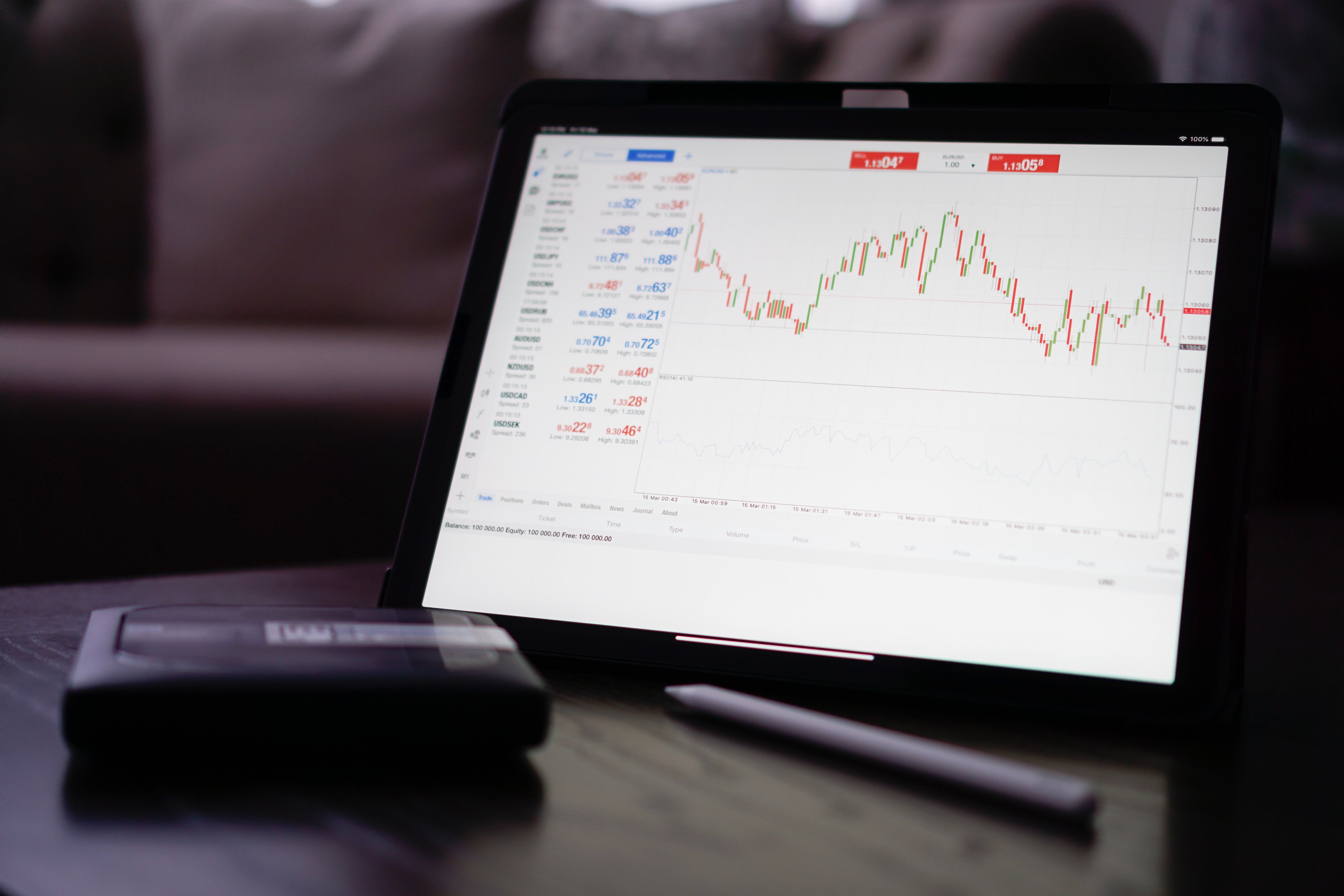ALB Limited 18.08.2022
Bollinger Band
Bollinger Bands® is a technical analysis tool created by John Bollinger in the early 1980s. The bands are used to measure the volatility of security and provide traders with a relative idea of where security is trading. When the security falls outside of the bands, it is considered to be overvalued or undervalued. Traders can use this information to make informed investment decisions.Bollinger Bands® is a registered trademark of John Bollinger. Forex is a market where currencies are traded. The Forex market is the largest and most liquid market in the world. Bollinger Bands® is a popular Forex technical analysis tool that is used by many Forex traders. Forex traders use Bollinger Bands® to help them identify when a currency is overvalued or undervalued.
The Bollinger Band® formula consists of three components:
-The middle band is a simple moving average (SMA) of the security's price.
-The upper band is the SMA plus two standard deviations of the security's price.
-The lower band is the SMA minus two standard deviations of the security's price.
The standard deviation is a measure of volatility. The Bollinger Bands® formula uses a 20-day SMA as the middle band. The upper and lower bands are calculated by adding and subtracting two standard deviations from the middle band.
The Forex market is open 24 hours a day, five days a week. Bollinger Bands® can be used on any time frame, but they are most often used on daily, weekly, or monthly charts. Bollinger Bands® are not predictive; they simply measure volatility. Forex traders use Bollinger Bands® to help them identify when a currency is overvalued or undervalued. When the Forex market is volatile, the bands expand; when the Forex market is quiet, the band contract.
Forex traders use Bollinger Bands® to help them identify entry and exit points. When the security price touches the upper band, it is considered overbought, and a trader might enter into a short position. When the security price touches the lower band, it is considered oversold, and a trader might enter into a long position.
The Forex market is constantly changing, and Bollinger Bands® can help Forex traders navigate these changes. By providing a relative idea of where security is trading, Bollinger Bands® can be a valuable tool for Forex traders.
What are Bollinger Bands® and how are they used in trading?
Bollinger Bands® is a technical analysis tool created by John Bollinger in the early 1980s. The bands are used to measure the volatility of security and provide traders with a relative idea of where security is trading. When the security falls outside of the bands, it is considered to be overvalued or undervalued. Traders can use this information to make informed investment decisions.
How to use Bollinger Bands in Forex trading
Bollinger Bands® can be used on any time frame, but they are most often used on daily, weekly, or monthly charts. Bollinger Bands® are not predictive; they simply measure volatility. Forex traders use Bollinger Bands® to help them identify when a currency is overvalued or undervalued. When the Forex market is volatile, the bands expand; when the Forex market is quiet, the band contract.
Forex traders use Bollinger Bands® to help them identify entry and exit points. When the security price touches the upper band, it is considered overbought, and a trader might enter into a short position. When the security price touches the lower band, it is considered oversold, and a trader might enter into a long position.
The Forex market is constantly changing, and Bollinger Bands® can help Forex traders navigate these changes. By providing a relative idea of where security is trading, Bollinger Bands® can be a valuable tool for Forex traders.













